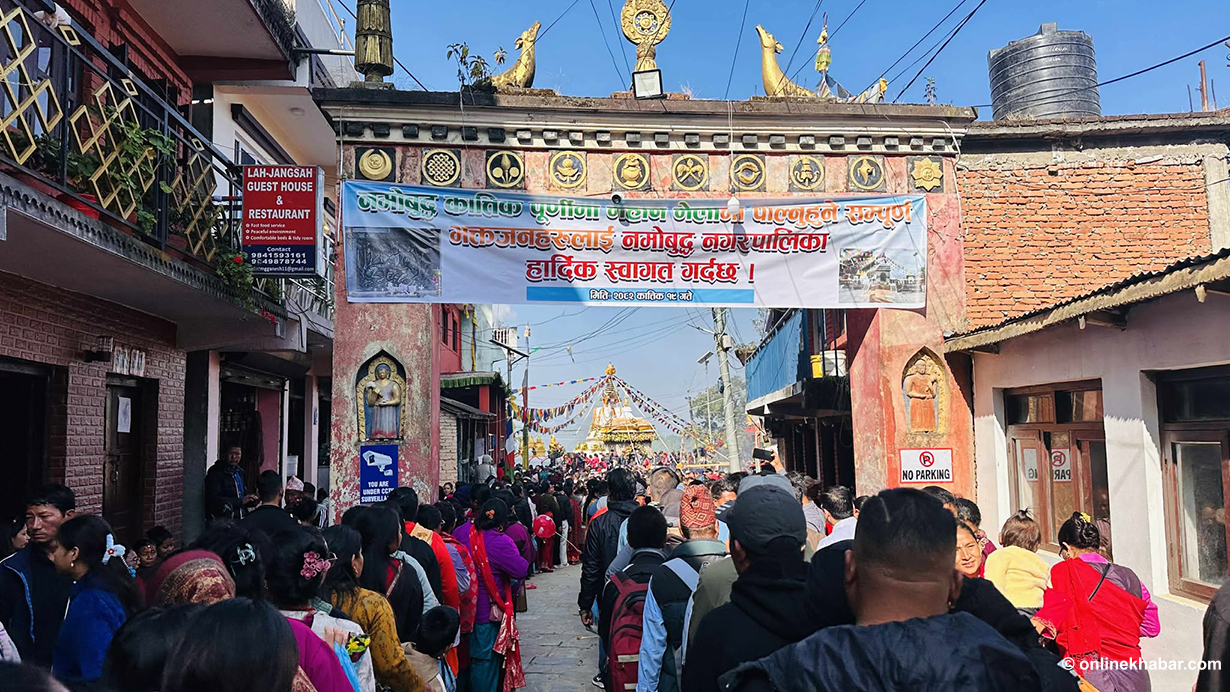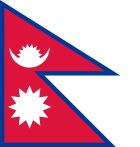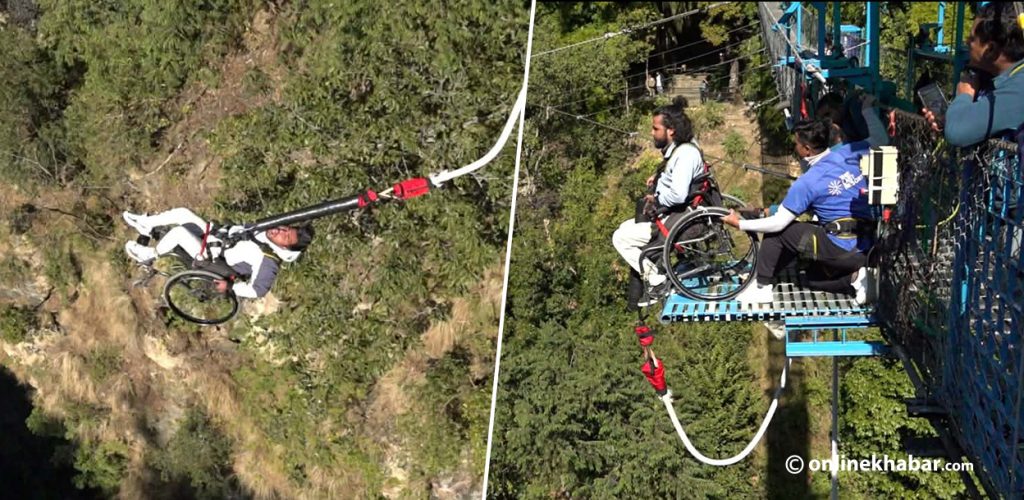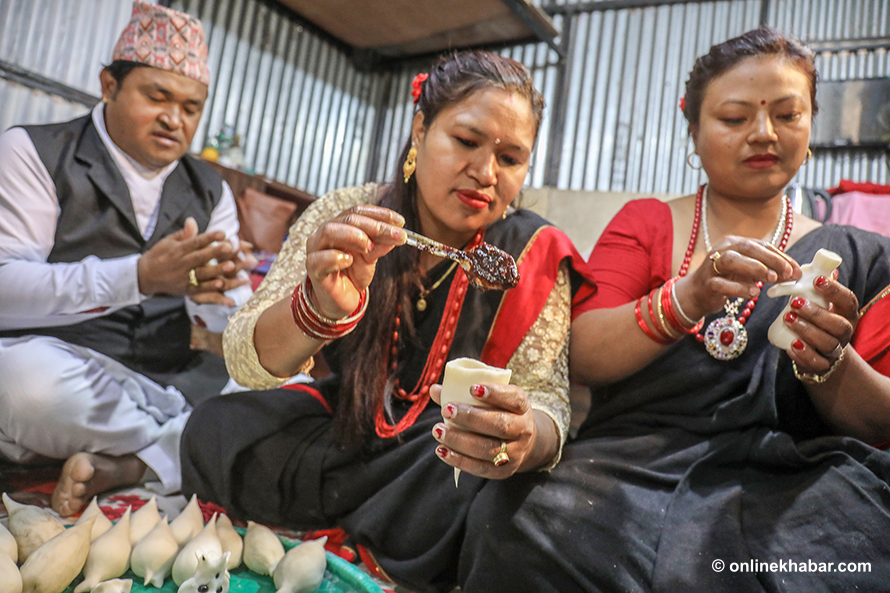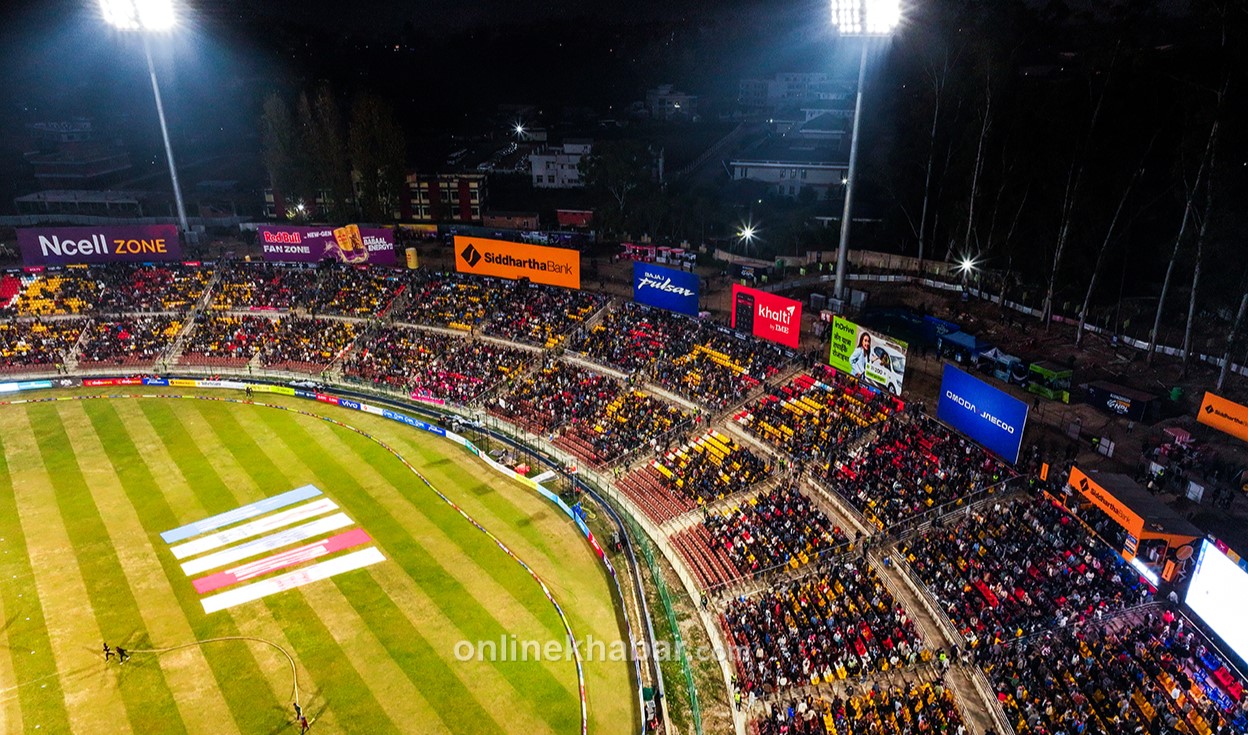
Kavrepalanchok, November 5
The historic and touristic site of Namo Buddha in Namobuddha Municipality–11, Kavrepalanchok, has come alive with the annual fair commemorating ancestors on the occasion of the Kartik Shukla Purnima.
From early morning, devotees and visitors have thronged the area to take part in the fair, celebrated as a festival of remembrance for ancestors.
According to legend, in a previous life, Gautama Buddha was born as a prince who sacrificed his body to feed a starving tigress and her cubs. The stupa (chorten) at Namo Buddha is said to have been built at the site where his bones were buried. The tradition of offering prayers and lighting lamps at this sacred site continues today.
Throughout the fair, traditional songs and dances are performed. On Tuesday evening, Buddhist devotees began the ritual of Deep Prajwalan (lamp lighting) in memory of their ancestors. Lamps are kept burning throughout the day and night of the full moon, and the festivities continue until Thursday morning.
According to Lopsang Bajra Lama, acting chairperson of Namobuddha Ghyang Guthi, lighting lamps for ancestors is believed to bring them light for the entire year and peace to their souls.
The fair is primarily attended by followers of the Tamang and Newa communities.
Legend holds that during the reign of King Maharath and Queen Satyawati of the ancient Panchaladesh (Panuti Kingdom), their youngest son, while hunting in the eastern Gandhaman forest, encountered a starving tigress with cubs. Out of compassion, he cut flesh from his own body to feed her, sacrificing his life.
It is said that the tigress gave birth to five cubs, later regarded as monks. The king and queen, grieving their son’s sacrifice, spent the rest of their lives in prayer at the site. An inscription from 974 BS records that the stupa was built atop Gandhaman Hill, 8,000 feet high, where a sculpture depicts the prince feeding the tigress with his own flesh.
Beyond the fair, Namo Buddha remains a year-round pilgrimage site for Buddhist devotees from Nepal and abroad. Visitors from districts such as Sindhupalchok, Sindhuli, Ramechhap, Bhaktapur, Lalitpur, Kathmandu, Dhading, and Nuwakot also attend the festival.
